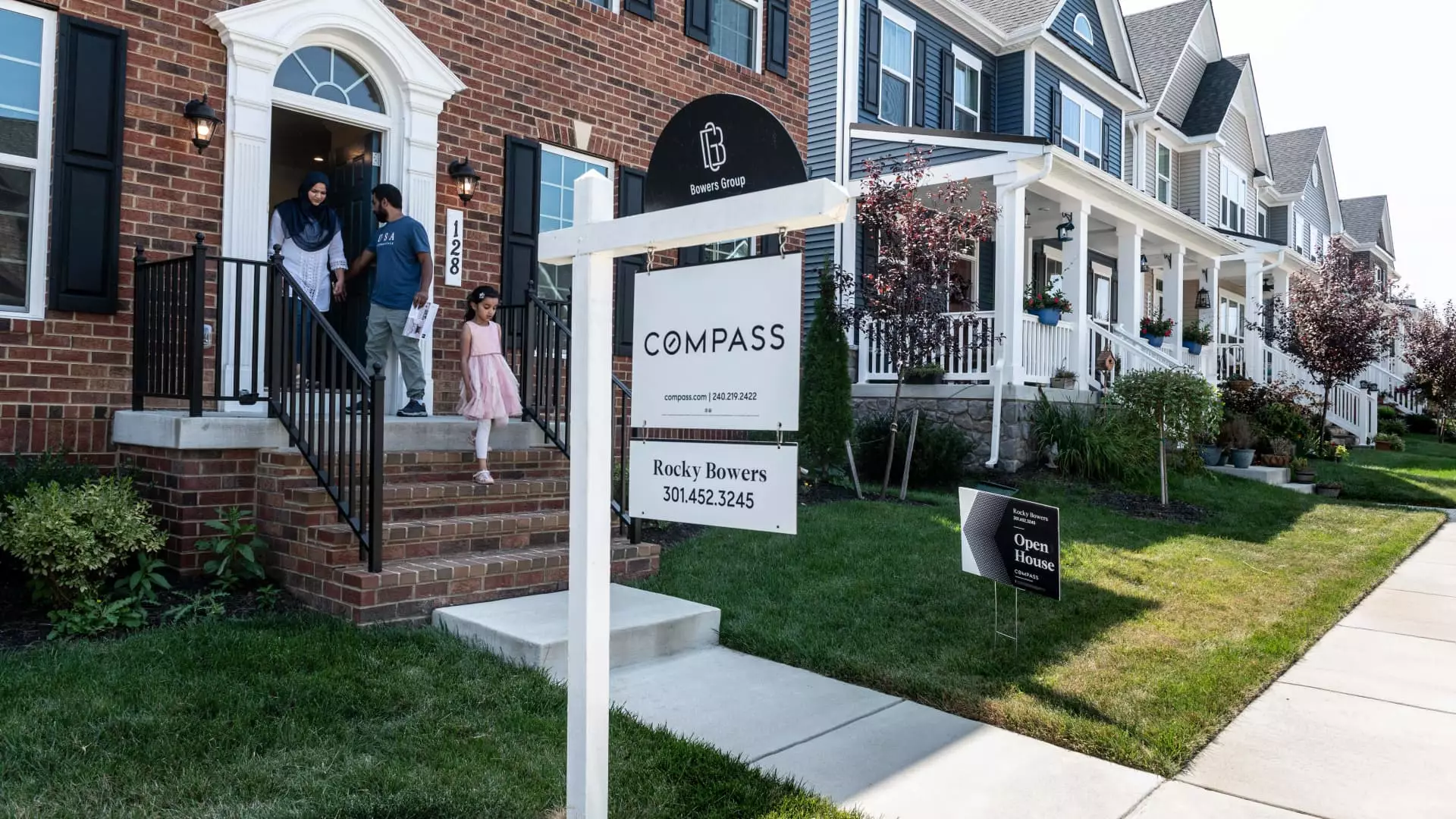The U.S. housing market is currently navigating a turbulent landscape characterized by rising mortgage interest rates, a shrinking inventory of available homes, and peak home prices. With these existing pressures, the introduction of tariffs on essential building materials has only exacerbated an already precarious situation. This multifaceted crisis not only impacts homebuyers but also alters the entire construction landscape, raising significant concerns for the future of housing affordability in America.
A substantial portion of construction materials necessary for homebuilding, particularly softwood lumber and gypsum wallboard, is imported from Canada and Mexico. In fact, approximately 70% of U.S. softwood lumber is sourced from Canada, while Mexico accounts for a significant supply of gypsum. The introduction of a 25% tariff on these materials, as imposed by the Trump administration, is projected to further inflate construction costs. Carl Harris, the chairman of the National Association of Home Builders (NAHB), emphasizes that these tariffs ultimately shift the financial burden onto consumers through higher home prices, thereby discouraging new construction projects and worsening affordability for prospective buyers.
The ongoing economic strain has been evident, with home prices having surged over 40% since the onset of the pandemic. Recent data from the S&P Corelogic Case-Shiller national home price index indicates an annual increase of 3.8% as of November compared to the same month a year prior. While increased home values might seem beneficial, they invariably foster a housing market crisis, especially for first-time homebuyers who already grapple with financial constraints. Jaret Seiberg, a housing policy analyst for TD Cowen Washington Research Group, suggests that while the tariffs could worsen affordability for first-time buyers, they may also compel Congress to introduce policies aimed at stimulating entry-level construction, such as enhanced tax credit programs.
The Response from the Homebuilding Industry
In light of the challenges presented by the tariffs, the NAHB has implored the Trump administration to consider exempting these vital building materials from the imposed duties. This call echoes the administration’s earlier intentions to expand housing supply, yet the imposition of tariffs runs counter to that objective. Even as U.S. lumber production has increased, reliance on foreign imports remains critical, particularly from Canada, where the current tariff regime would amplify costs significantly. Estimates suggest that these new duties could potentially escalate construction material costs by an alarming $3 billion to $4 billion. Smaller builders, operating on tighter margins, are predicted to face the steepest consequences; however, larger companies are not entirely shielded from the fallout.
Compounding the economic pressures from tariffs is a persistent labor shortage in the construction sector. Following the initiation of mass deportations by the Trump administration, many undocumented immigrants—who compose about 30% of construction workers—have left the industry, aggravating an already critical shortage of skilled labor. Bruce McNeilage, CEO of Kinloch Partners, aptly points out that while policy might drive workers from the country, it raises an essential question: who will remain to construct the homes needed to address the growing demand? As labor becomes increasingly scarce, the cost of construction will consequently rise, further complicating the endeavor to provide affordable housing.
The ramifications of these tariffs extend beyond new housing developments; they could have wide-reaching effects on the existing housing market. An increase in the costs of construction materials, coupled with rising prices for various consumer goods, may limit potential buyers’ financial flexibility, adversely impacting their ability to save for down payments. Additionally, the expected stabilization or reduction of interest rates may become a distant hope if inflation trends upward as a consequence of the tariffs. This interplay between economic realities and consumer sentiment is poised to create significant obstacles in the forthcoming busy spring market for real estate.
As the U.S. housing market grapples with the compounded pressures of tariffs, high interest rates, and dwindling housing supply, it becomes imperative for stakeholders—including policymakers, builders, and consumers—to devise strategic solutions that promote affordability without compromising construction quality. Ultimately, the aim should be to foster an environment that nurtures sustainable growth for both new developments and the existing housing market, ensuring that the dream of homeownership remains attainable for all Americans.

